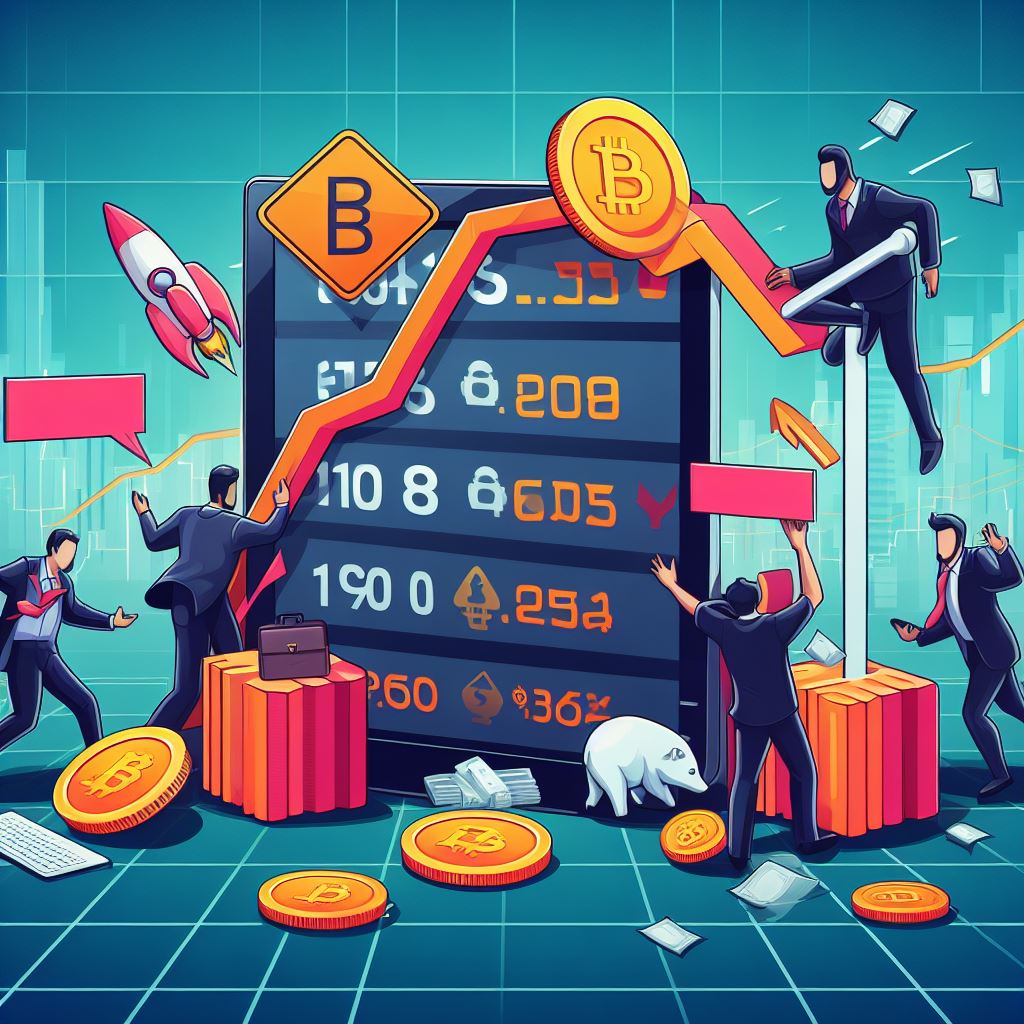What Do You Know About the Crypto Market?
The crypto market is an ever-changing financial environment that picked up extensively since the year 2009, when Bitcoin was launched. Being the first decentralized cryptocurrency, Bitcoin gave way to more than a thousand alternative cryptocurrencies commonly known as altcoins. Today, these digital assets range from Ethereum, Ripple, and Litecoin to many others; all of these serve different purposes and functions.
The crypto market is notable for volatility: wild changes in prices that happen within extremely short intervals, based on everything from market sentiment and regulatory movements to technological advancements and overall macroeconomic trends. This volatility brings with it the possibility of both opportunity and risk to investors. Traders may benefit from ups and downs of prices that happen quickly, but a number of investors in cryptocurrency look more at its long-run technology and fundamental value.
Because the market is open 24*7, this means round-the-clock trading across different platforms. While traditional or conventional stock exchanges operate on fixed hours, the crypto market is always open, and participants from any other part of the world can buy, sell, or trade digital assets. This also increases liquidity, exposing participants to the possibility of price manipulation and other risks that come hand-in-hand with a non-so-well-regulated environment.
At its very core, decentralization lies in the essence of the crypto market. Most cryptocurrencies derive from blockchain technology, which acts as a non-manipulative, non-vulnerable record of every transaction. And cryptocurrencies achieve this potential: peer-to-peer transactions, costs, and efficiency by cutting out any intermediaries like banks and processors.
Such differentiation has been furthered by the recent rise of both DeFi and NFTs. DeFi platforms make traditional financial services, such as lending and trading, available without intermediaries, while NFTs have transformed the ownership of digital assets, from art to music to gaming.
Potential notwithstanding, the crypto market is beset with numerous challenges, notably from a regulatory standpoint, including security risks. Governments across the world try to make up proper regulations concerning taxation, consumers’ protection, and anti-money laundering, while breaches regarding security and hacking incidents do raise questions among investors.
With that in mind, the crypto market is both exciting and unpredictable, filled with opportunities for huge growth and innovation. As this sector continues to mature, it will be crucial to understand more about it and incorporate good investment strategies that have been the backbone of success in navigating complexity.
Stocks Vs Cryptocurrency; What’s The Difference?
MARKET FRICTIONS IN CRYPTOCURRENCY MARKETS
Market frictions are elements that inhibit the smooth and efficient operation of the stock market. These frictions might include constraints like as insufficient availability, splintered trades, regulatory uncertainty, restricted access to the market, and technological constraints in the case of cryptocurrency markets. These frictions can lead to price identification and implementation delays, inefficiencies, and inconsistencies.

PHYSICAL BARRIERS impacting cryptocurrency markets
The distance, cost of transportation, and logistics issues may all stymie trading across geographical areas. Physical impediments can raise the cost of transporting products and services, thereby restricting the effectiveness of the market.
CULTURAL FACTORS
The cultural and social customs, rituals, and personal preferences can cause marketplace resistance by affecting consumer conduct or preventing particular sorts of interactions. Cultural restrictions or religious convictions, for example, may prohibit the sale or use of certain items or services.
PRICE DELAYS AND INACCURACIES
Price delays and inconsistencies in bitcoin marketplaces can be exacerbated by market frictions. Because these markets are decentralized and broken down availability, volume of trading, and booking thoroughness may fluctuate between institutions. As a consequence, pricing might diverge between exchanges, causing price converging delays and possible exploitation possibilities.
The Best Cryptocurrencies With Low Prices To Begin
LIQUIDITY RESTRICTIONS
Insufficient liquidity is a significant source of market tension in the cryptocurrency sector, especially for less commonly known coins. Lack of liquidity might make it difficult to complete deals at targeted prices, causing overrun and negatively reducing overall trading efficiency. Furthermore, inadequate liquidity can lead to higher bid-ask spreads, making it more expensive for investors to enter or quit holdings.
REDUCING MARKET FRICTION
Several measures may be used to eliminate market conflicts and pricing delays in bitcoin marketplaces, including:
- Enhanced liquidity availability and market-making efforts to improve trade depth and narrow spreads between bids and asking prices.
- Promoting the clarity of regulations while developing standard standards to decrease uncertainty and increase investor trust.
- Improving trade effectiveness via improving infrastructure for technology, such as scalability options and quicker confirmation of transactions times.
- Boosting transparency in the markets by improving the accessibility of data, providing immediate time order book data, and consolidating price data from many markets.

OBSTACLES:
Trade frictions and pricing delays are inevitable in the cryptocurrency sector, owing to issues such as limited liquidity, regulatory uncertainty, and technical restrictions. Studying these disputes and the ramifications for market players and policymakers is critical. The markets for digital currencies may become more robust, open with one another and appealing to a larger variety of players by employing techniques to alleviate these frictions and improve the efficiency of the market. Further attempts to resolve trade frictions will help cryptocurrencies mature and gain widespread acceptance as a legitimate class of assets.
Conclusion
Market frictions and pricing delays in cryptocurrencies can present substantial problems as well as drawbacks for dealers and consumers. These difficulties can result in a reduction in liquidity, an imbalance in information, greater market fluctuation, a greater chance of market fraud, lower possibilities for arbitrage, and decreased faith and trust in the market.
Nevertheless, it is important to note the fact that the digital currencies industry continues to be in its early stages. Attempts are being undertaken to overcome these issues via technology developments, laws and regulations, and the creation of a more solid trade system.
Market players, lawmakers, and authorities may improve the efficiency of the market, reduce risks, and support the continued growth and growth of cryptocurrency markets by analyzing and comprehending market disputes and pricing delays.






